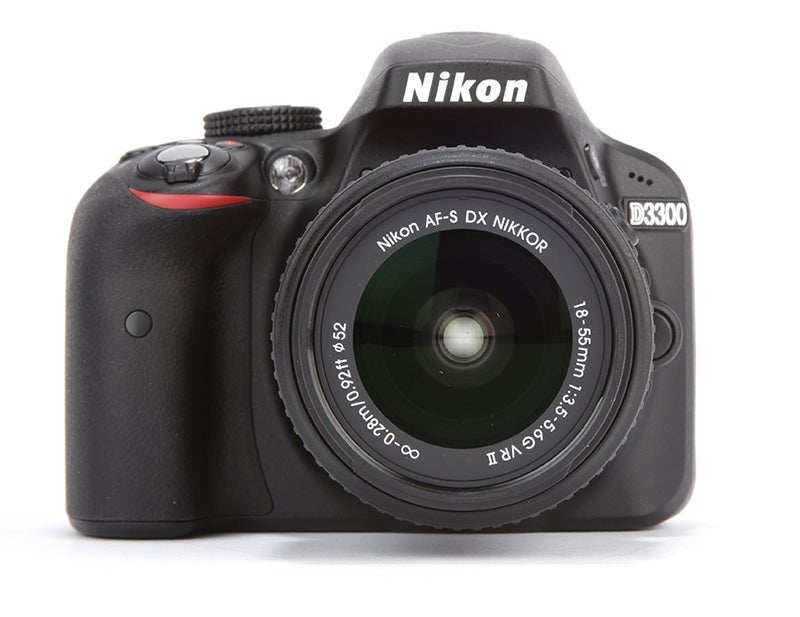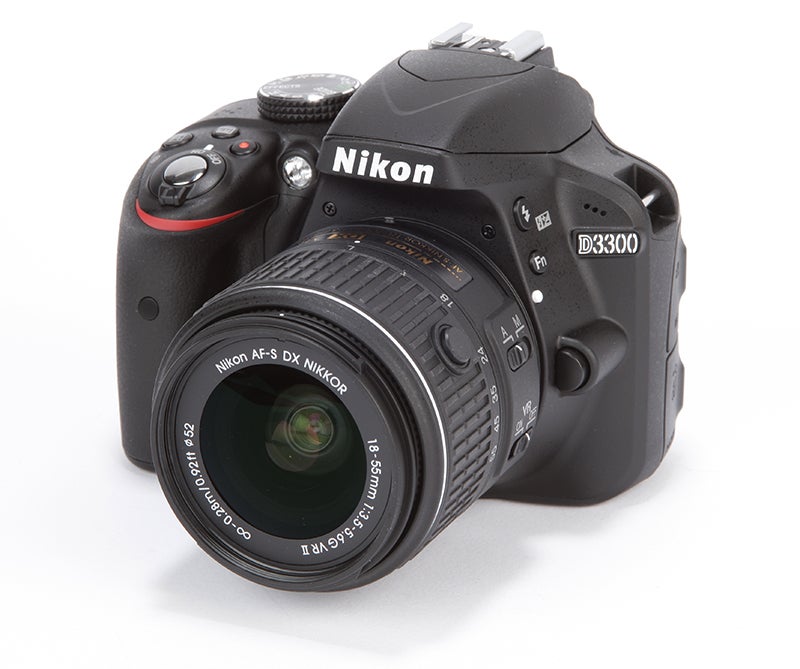Nikon D3300 Review - The Nikon D3300 is the manufacturer's latest entry-level DSLR, following on from a long line of successful models and trying to set new standards in entry-level DSLR photography
Nikon D3300 Review
Advancements in digital photography mean that features found on the high-end and professional models of today will – in a matter of a few years – work their way down towards the entry-level models of tomorrow.
Nikon’s entry-level DSLR range has long benefited from this drip-down effect, owing to their substantial stable of enthusiast and high-end models. As a result, over the past few years the D3100 and then the D3200 after it have become some of its most popular DSLRs.
The Nikon D3300 looks set to continue this popularity, owing to its impressive feature-set and competitive price point. The model features the same sensor as its D3200 predecessor – a 24.2MP sensor, as pixel count nearly matching that of the manufacturer’s high-end D3X.
There are a host of improvements to the D3300 in comparison to its predecessor, including the removal of the anti-aliasing filter, and as such Nikon looks to further cement the camera’s position as one of the leading entry-level DSLRs.
We take a closer look at the D3300 to see if it matches the success of its predecessors.

Nikon D3300 Review – Features
Outside of the key imaging elements of the camera’s specification – which we’ll come to later – it’s perhaps worth noting one of the features that the camera is missing.
Unlike most of the cameras in its class, the D3300 is lacking in any kind of built-in Wi-fi capabilities. Instead, if you want to make the D3300 Wi-fi capable you’ll have to purchase the external WU-1a Wi-fi adapter at an extra cost of around £60.
Although this is somewhat surprising, especially as most digital cameras these days arrive Wi-fi ready as standard, you can understand why Nikon has chosen to go down the accessory route. The key concern with the D3300 is to keep cost, and size, to a minimum and in excluding Wi-fi as standard it certainly does so.
In terms of the rest of the camera’s specification, it’s safe to say that the D3300 inherits a lot of its features from the D3200. This is no bad thing, however, as the D3200 was a camera that certainly impressed.
The model sports the same 24.2MP DX-format CMOS sensor, delivering a resolution that exceeds many of its competitors.

Anti-alias removal
As mentioned previously the sensor does sport one key difference from its predecessor, and that’s the omission of an anti-alias filter. This slight modification should see an improvement of sharpness of images captured and as a result mean that the camera can make the most the high-resolution sensor.
The sensor also benefits from the implementation of Nikon’s new EXPEED 4 image processor. This new processor brings with it a host of benefits in terms of performance, and perhaps the most eye-catching of these is an increase in the continuous shooting rate from 4fps to 5fps, a figure that’s class-leading.
The processor also means that the camera’s sensor now has a maximum ISO of 25,600, up from 12,800, another feature which would have been the preserve of previous generations of enthusiast DSLRs.
There aren’t any improvements to the camera’s specification in terms of the rear of the model, with the D3300 maintaining the same 3in, 920k-dot LCD as seen on its predecessor.
The D3300 also features the same metering and AF set-ups, sporting the 420 pixel RGB sensor and 11-point AF system that served the D3200 well.




